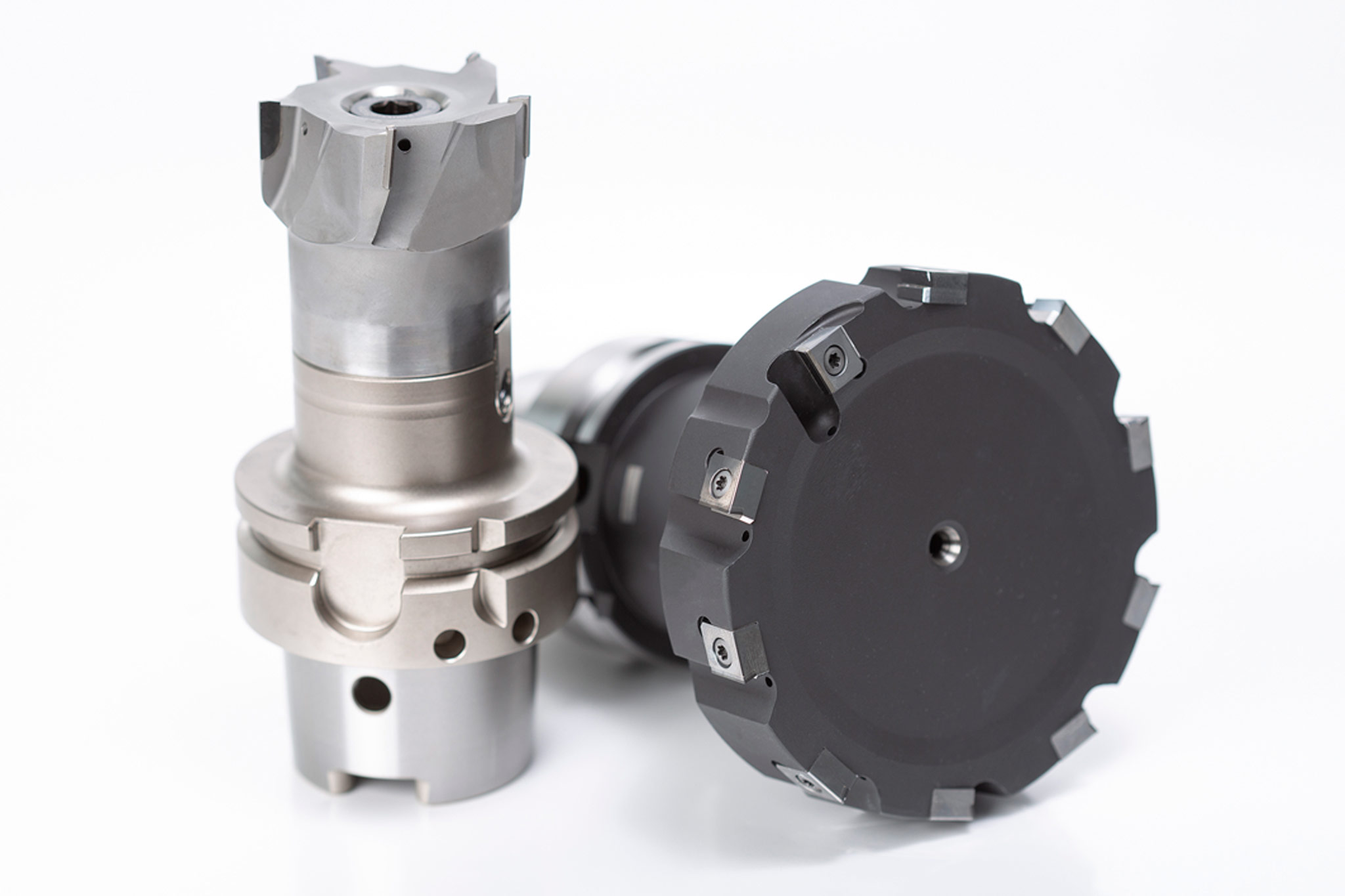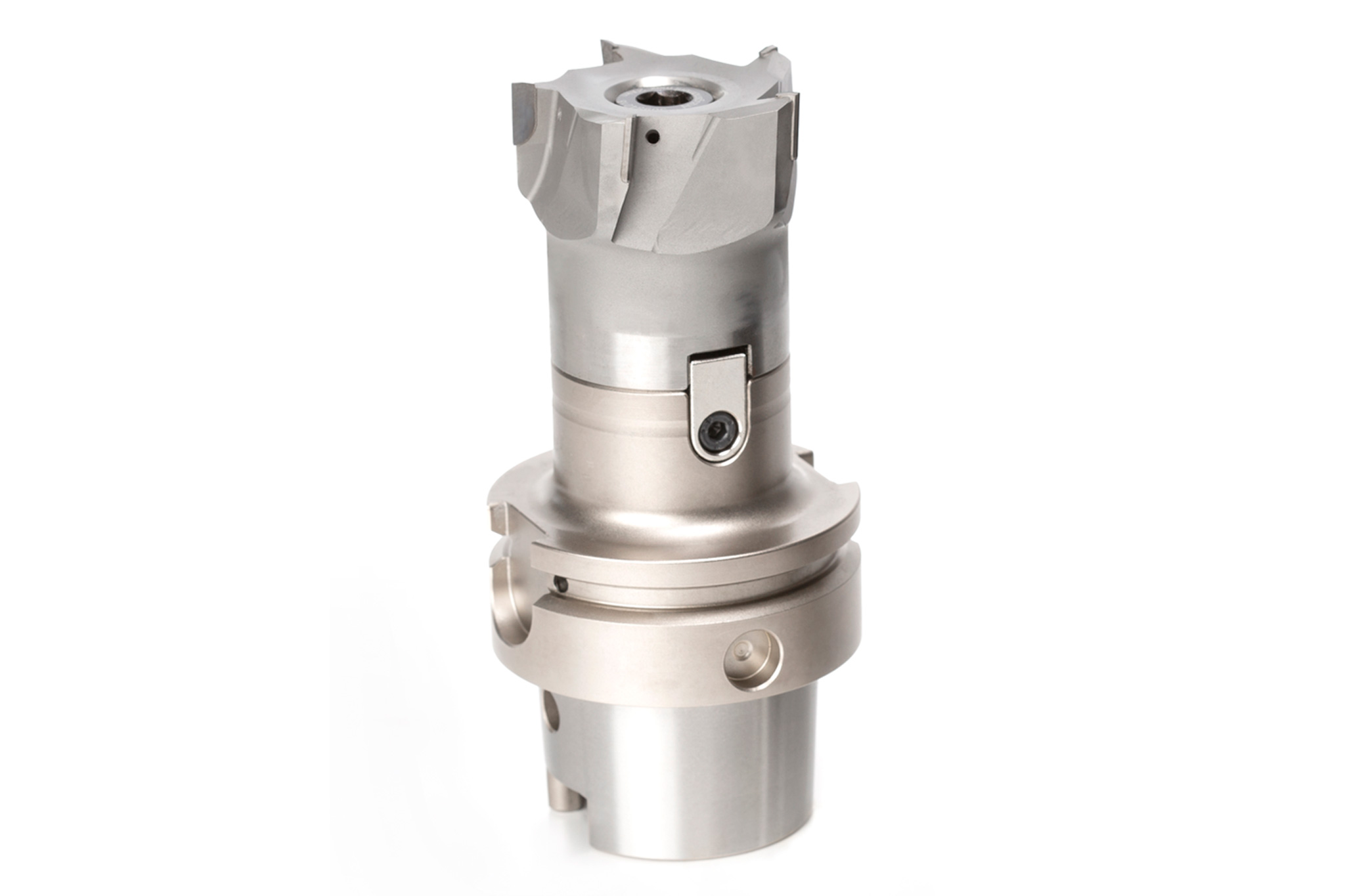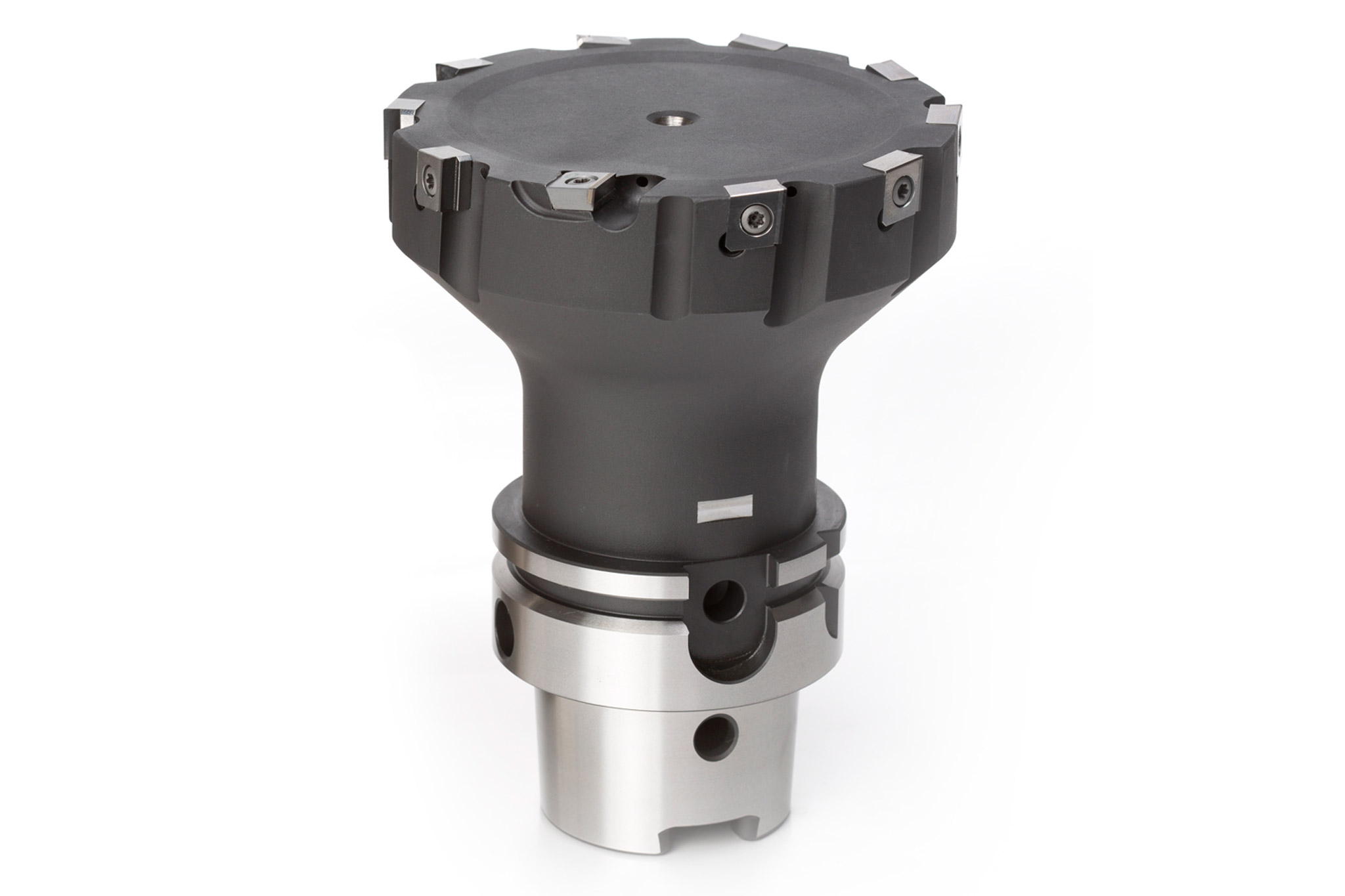06.10.2022
New face milling cutters for more sustainability in aluminium machining
Optimum surface finish for every quantity
With an extensive and diversified range of tools for reaming, drilling and milling and many years of process experience, MAPAL places a huge focus on aluminium machining. Two new products address additional customer requirements: The PCD milling cutter FaceMill-Diamond-ES and the indexable insert milling cutter NeoMill-T-Finish increase economic efficiency in aluminium milling applications.

FaceMill-Diamond-ES – the versatile PCD face milling cutter is ideal for small quantities

The milling cutters have fewer cutting edges than the established FaceMill-Diamond tools, making them a more cost-effective and an “Economical Solution”. With a diameter of 50 mm, for instance, the FaceMill-Diamond-ES has five cutting edges, while the classic FaceMill-Diamond has twelve. Another difference is the area of application: The FaceMill-Diamond-ES is suitable for shoulder milling, trimming and machining thin-walled parts, as well as face milling.
The new milling cutter is available in the diameter range of 32 to 80 mm. Dimensions have not changed in comparison to existing FaceMill-Diamond models. Accordingly, it can be used directly in existing production, if, for example, the larger chip space of the new tools should be used. Cutting depths of up to 10 mm are easily possible.
All milling cutters in the FaceMill-Diamond-ES series can be reground and re-equipped. They are exclusively available as milling cutters for arbor mounting.
NeoMill-T-Finish – finishing aluminium with indexable inserts

With the new system, customers can also use other cutting materials in addition to the PCD-tipped inserts, depending on application and workpiece material, such as uncoated carbide or carbide with CVD diamond or PVD coating. This means the optimum cutting material can be used for aluminium workpiece materials with different silicon content and casting processes (sand casting, pressure die casting and permanent mould casting). The indexable inserts each have up to four usable cutting edges. An optimum version is available for every customer and every requirement, offering maximum economic efficiency and process reliability.
A patent-pending insert arrangement system is what makes the new milling cutter unique. The main inserts, which perform stock removal of up to 2.5 mm, are attached to the circumference. A wide finishing insert arranged axially is responsible for the ability to reach surface roughness levels of Rz = 1.5 µm. The innovative system enables homogeneous wear and tear on the cutting edges: Thanks to the special arrangement of main inserts and wide finishing inserts, all main inserts have the same feed per tooth, smooth running for good surface quality and no burr formation. The resulting longer tool life is reflected in a lower cost per part with a high level of process reliability.
Each tool is adapted specifically to the customer’s requirements. Maximum economic efficiency and productivity are the top priority. The tool body is usually made from steel. If weight restrictions are in place, MAPAL manufactures the tool body in aluminium or with a weight reduction bore. The NeoMill-T-Finish can be configured in the diameter range from 50 to 315 mm and can be ordered as a monolithic unit or an adaptive unit for milling holders with arbour. Cutting speeds of up to 6,000 m/min and feed rates of 2.5 mm per revolution are possible in use.
Presentation at the AMB in Stuttgart

Contact
Kathrin Rehor Public Relations Kathrin.Rehor@mapal.com Phone: +49 7361 585 3342



